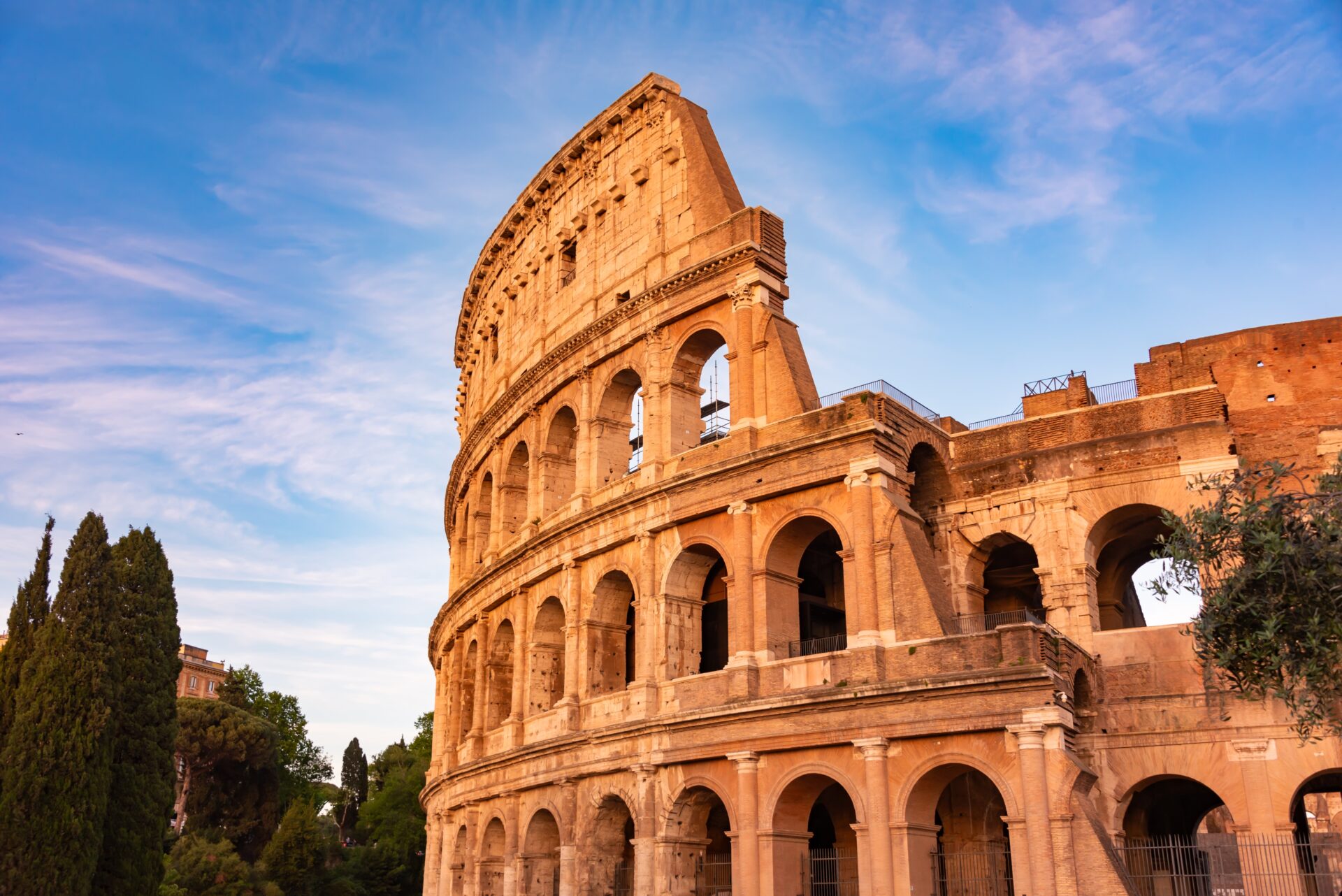
Emperor Commodus’s Hidden Corridor Open To Public
After nearly 2,000 years of secrecy, Rome has finally opened the Passage of Commodus to the public, revealing the hidden imperial corridor that once allowed one of history’s most notorious emperors direct access to the Colosseum’s deadly gladiatorial spectacles.
Story Highlights
- Secret imperial passage opens to public for first time since Emperor Commodus used it in 180-192 CE
- The corridor provided private access for the emperor, who infamously participated in gladiatorial combat
- Opening marks major archaeological milestone after extensive preservation efforts by Italian authorities
- New attraction expected to boost Rome’s tourism economy and enhance visitor understanding of imperial power
Imperial Corridor Emerges from Ancient Shadows
The Passage of Commodus opened to visitors on October 8, 2025, marking the first public access to this imperial infrastructure since the late second century. Emperor Commodus, who ruled from 180 to 192 CE, used this secure route to enter the Colosseum for his controversial participation in gladiatorial games. The corridor represents a unique intersection of imperial privilege and public entertainment, demonstrating how Roman emperors maintained both spectacle and security in their approach to the arena.
Commodus Passage opens to public for first time
The emperors' secret corridor into Colosseum has been restoredhttps://t.co/HEkPdQf7YN pic.twitter.com/qxPSZMsOJt
— Sarah (@Sarah404BC) October 7, 2025
Archaeological Preservation Meets Modern Access
The Parco archeologico del Colosseum managed the complex restoration process that made this opening possible. Archaeologists and conservators faced significant technical challenges preserving the ancient stonework while ensuring safe public access. The project follows the successful 2010 opening of the Colosseum’s hypogeum underground chambers, establishing a precedent for revealing previously restricted areas. This careful balance between conservation and public engagement reflects modern Italy’s commitment to both protecting cultural heritage and sharing it with global audiences.
Historical Significance of Imperial Infrastructure
Emperor Commodus stands out among Roman rulers for his theatrical approach to power, often blurring traditional boundaries between emperor and performer. His direct participation in gladiatorial combat scandalized Roman society but demonstrated his commitment to the arena’s spectacle. The passage served as both practical infrastructure and symbolic statement, allowing the emperor to maintain his role as supreme entertainer while preserving imperial dignity through private access. This architectural feature illuminates the complex relationship between Roman imperial authority and popular entertainment.
Economic Impact and Tourism Strategy
The corridor opening represents a significant boost to Rome’s tourism sector, which relies heavily on the Colosseum’s annual millions of visitors. Italian tourism officials expect increased ticket sales and extended visitor stays as travelers seek access to this newly revealed historical space. Local businesses, tour operators, and cultural institutions stand to benefit from enhanced interest in Roman archaeological sites. The opening also supports Italy’s broader strategy of diversifying visitor experiences and highlighting lesser-known aspects of the nation’s cultural heritage, potentially inspiring similar revelations at other historic sites.
Watch the report: Colosseum Opens Secret ‘Emperor Commodus’ Underground Passageway | Dawn News English
Sources:
Secret Roman Passage Named After Emperor Commodus Will Open To Public For First Time – The Jerusalem Post
Secret Imperial Passage Opens in Rome’s Colosseum After Nearly 2,000 Years – Ancient Origins


